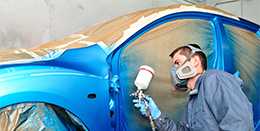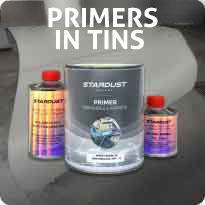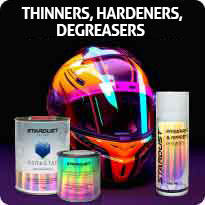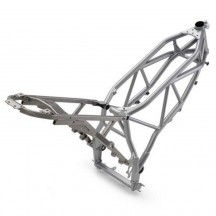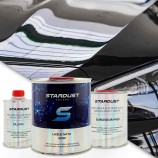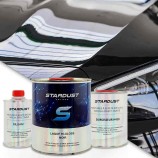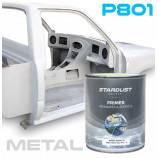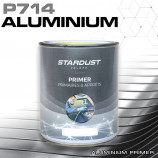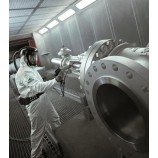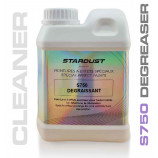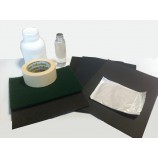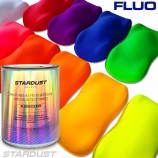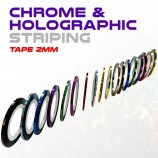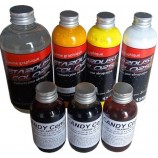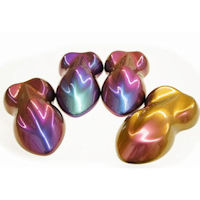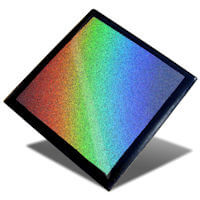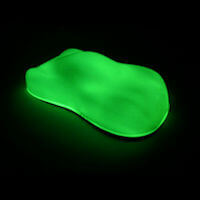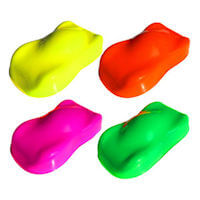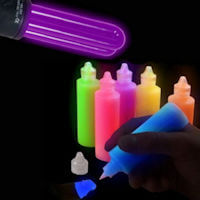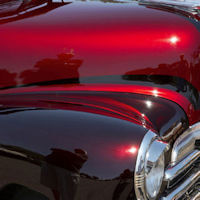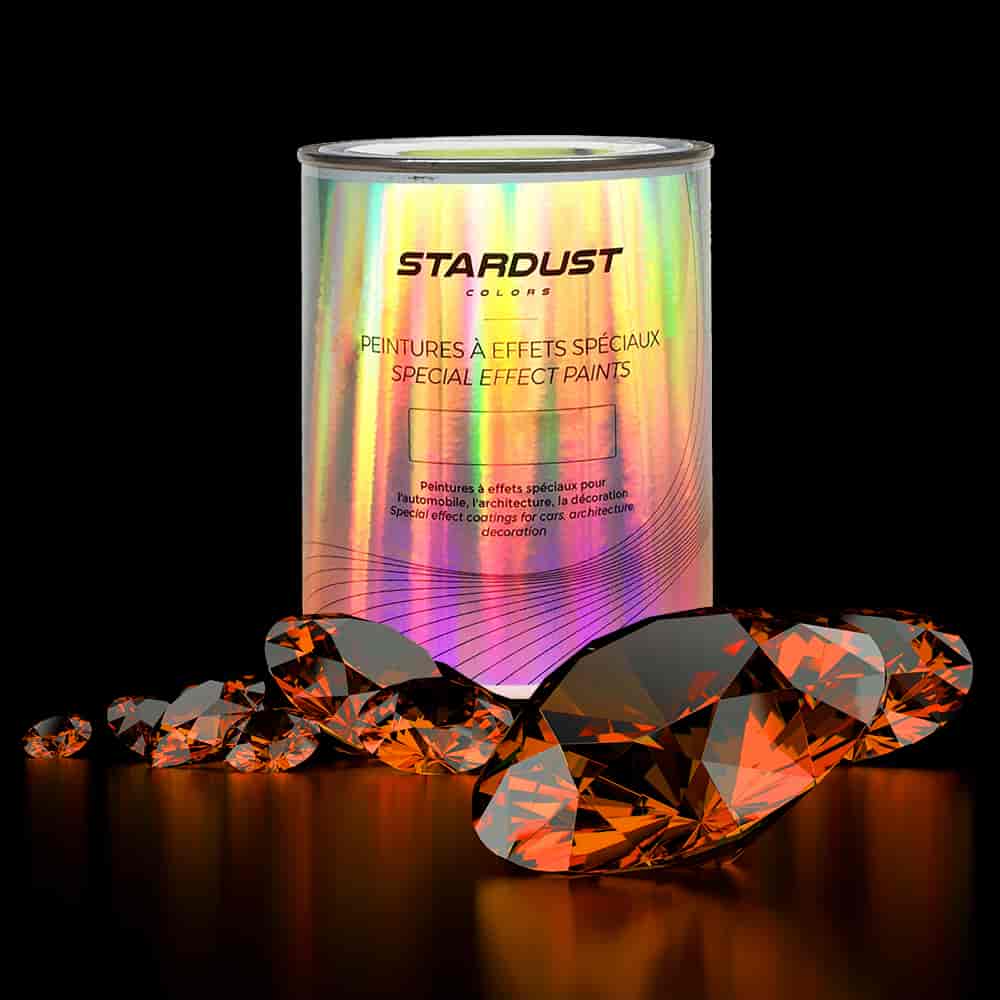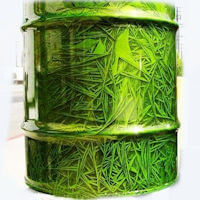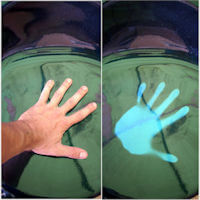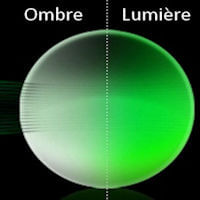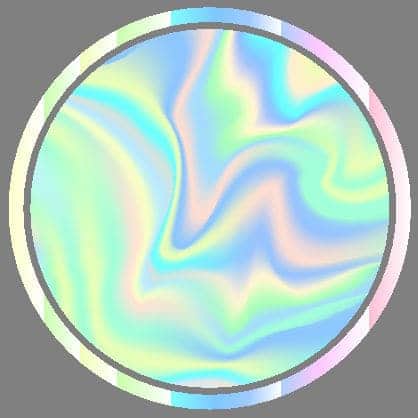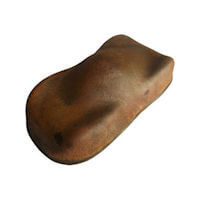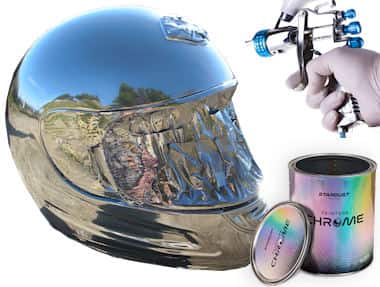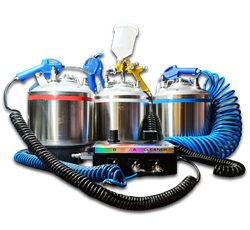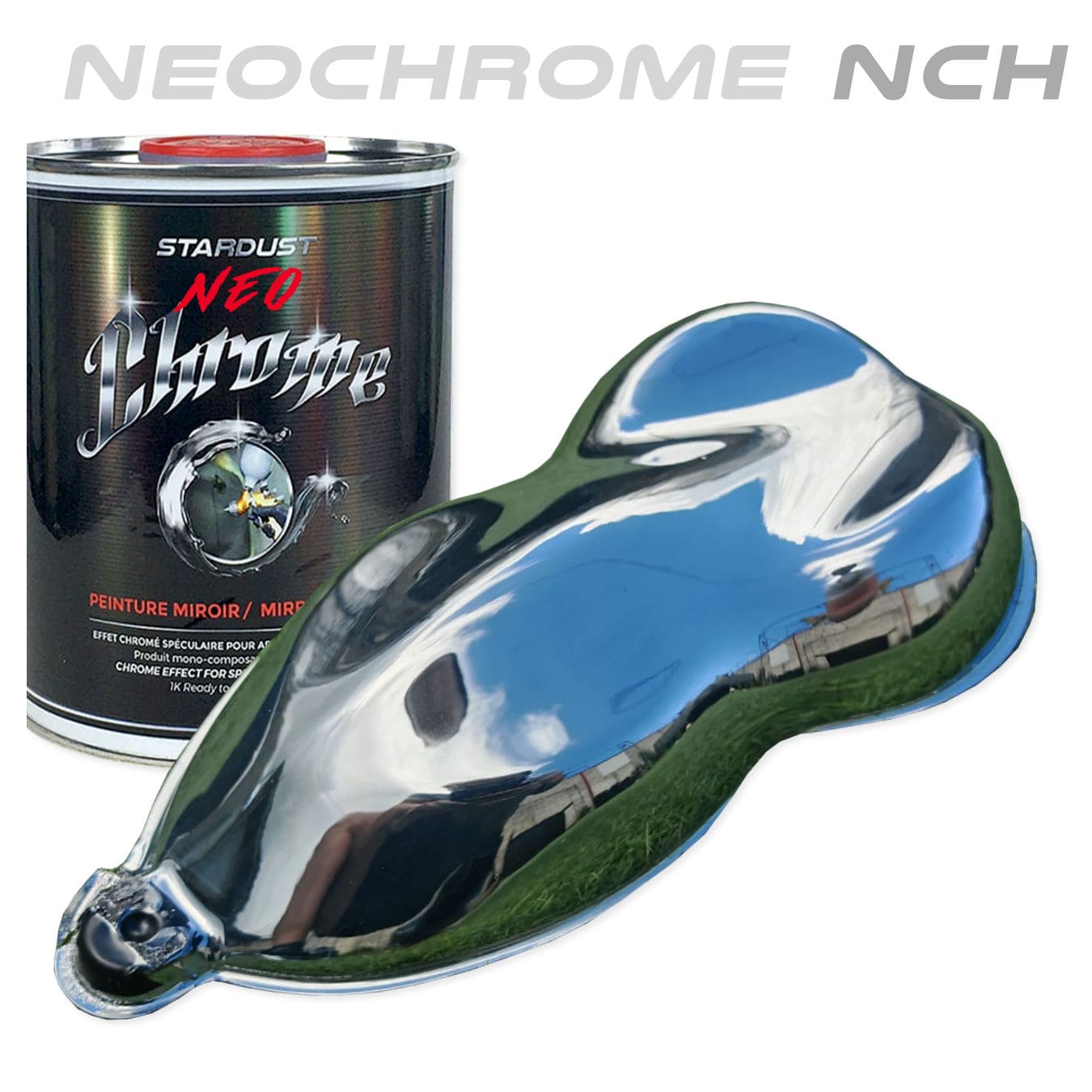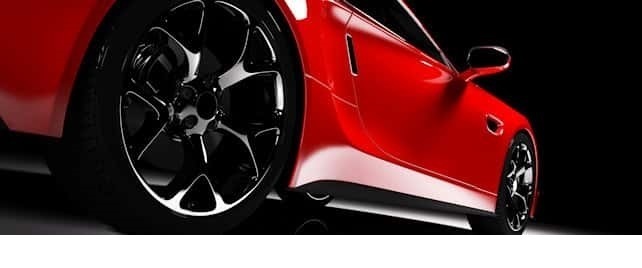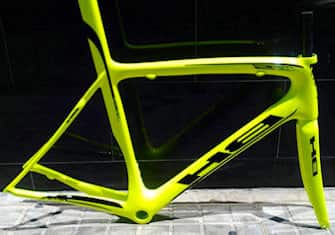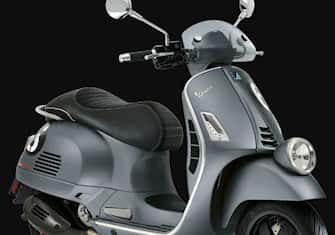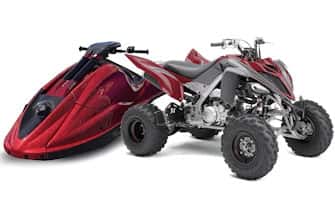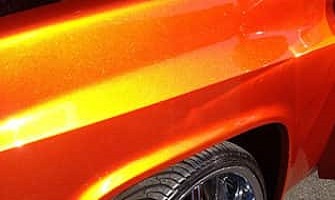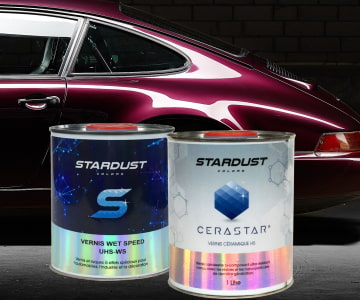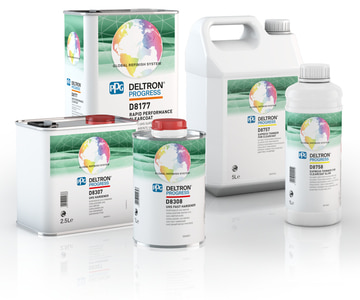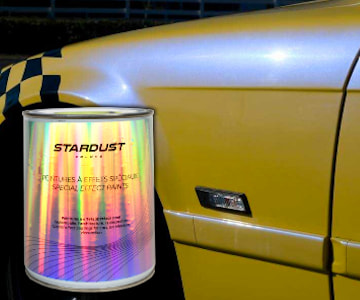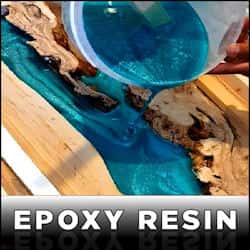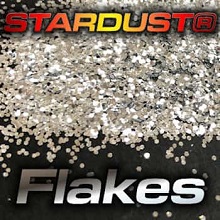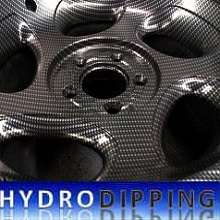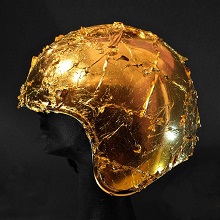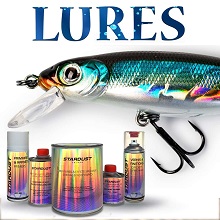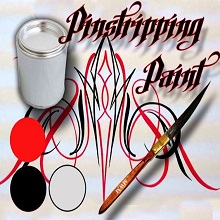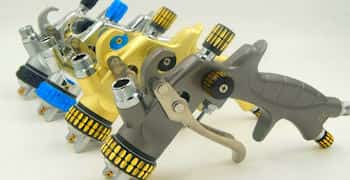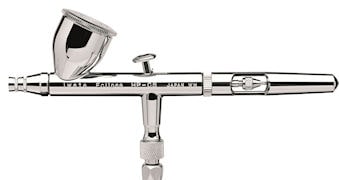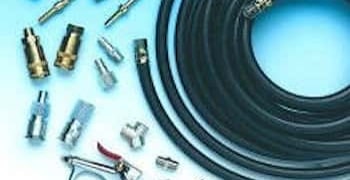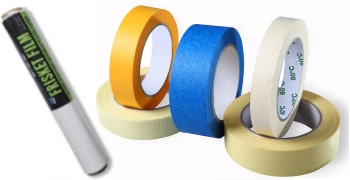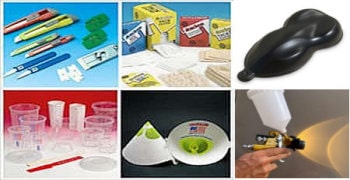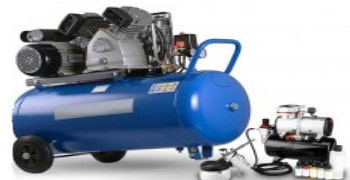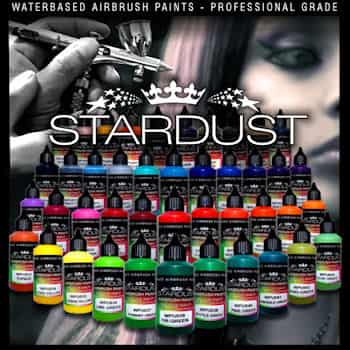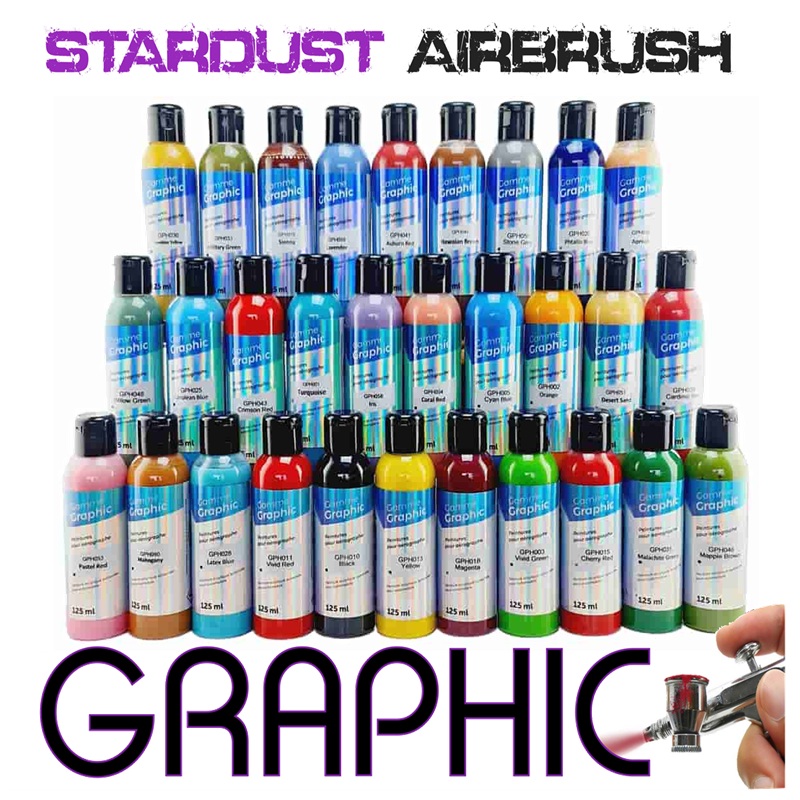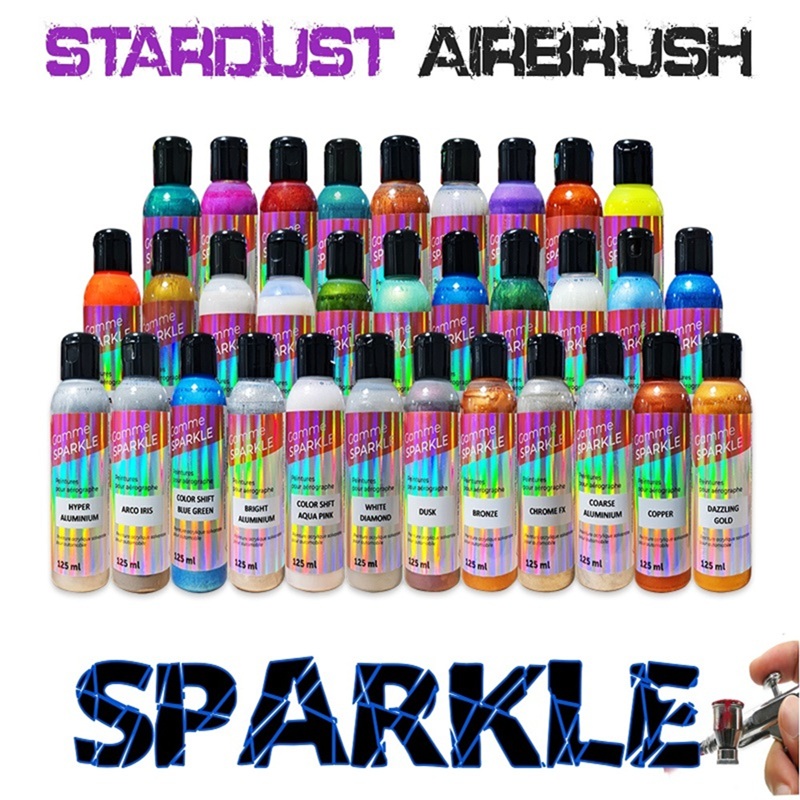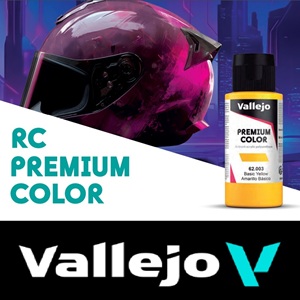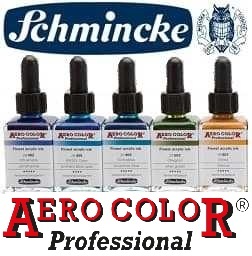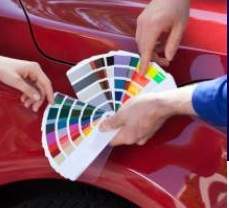You can radically change and customise the paint of motorcycle parts, in the same way that you can paint a motorcycle frame with absolutely any motorcycle paint, as long as you respect the different steps prior to painting, which are: preparation and application of the primer.
You can decide to strip the chassis or the frame of the motorcycle by sandblasting or shot blasting (or by chemical stripping) in order to remove all traces of the old paint, as well as any presence or start of oxidation on the metal. However, this is not at all mandatory when repainting a motorcycle frame. As it is difficult and costly work, we advise you to do this only if the old paint is peeling off or if rust has developed.
The preparation work on the frame is very important to ensure good durability and a long lifespan for the chosen finish.
Here are the three usual steps on a painted frame: superficial sanding with 320 grit, degreasing, dust removal, then application of a classic primer. This primer will create a smooth surface and will adhere to and protect the bare metal areas.
If the frame has been sanded or blasted to the metal, it is imperative to apply a primer adapted to the type of metal.
Which motorcycle paint for frames is the most resistant ?
When it comes to spray painting, there are only two elements to focus on to achieve a high level of resistance: the primer and the clearcoat.
If the primer is not the correct one or if the substrate is poorly prepared, the work will come off at the slightest impact.
It is important to determine the nature of the bare metal: magnesium, aluminium, alloy, steel, carbon... We offer primers adapted to each material.
Finally, the clearcoat represents the final coat, the first line of defence against shocks and abrasion. Two solutions are to be favoured, and they are totally opposite:
Solution 1, for a standard motorcycle frame paint: choose a high-resistance clearcoat, of the ceramic type. Harder and more resistant, this clearcoat will effectively protect the motorcycle frame paint against scratches and impacts.
Solution 2, for a paint that will withstand extreme conditions: for example, for a cross-country motorcycle frame or a quad, opt for a classic clearcoat to which we add our flexibilising additive. This will allow it to absorb shocks without cracking.
Epoxy motorcycle paint for frames
It is worth clarifying a common source of confusion: when we talk about epoxy paint on a motorcycle frame, we are referring to a factory process, with powder paint applied using an electrostatic system. There is no such thing as epoxy spray paint.
There are epoxy paints for frames: epoxy primer 292 is the most effective and resistant primer available. However, there is no epoxy clearcoat. At Stardust, there is a black 2K paint, a mixture of epoxy and polyester, which provides good resistance. In general, the same paints are used on a frame as on the bodywork and fairings.
The choice of paints to personalise your frame
Once the primer is applied and sanded with P500 (taking care to choose a white, grey or black shade corresponding to the paint to be applied), you can apply a customised and special paint, such as a metallic or pearl paint, Chameleon, Candy or even fluorescent.
Alternatively, you can simply choose a colour that matches the fairing.
If you want a quick, simple and very resistant job, you should choose the Hi-Gloss 2K paint. If you want to apply a 2K paint without primer and without clearcoat, you can choose our BESA NATO 2K paint below.
Consumption on a motorcycle frame :
On any tube-shaped surface, 30–50% of the spray paint is lost at best. Painting a frame with a brush is not very pleasant! Without getting into complex calculations, we can simply say that 500 ml of product is enough to prime, paint or varnish a motorcycle frame, provided you make the most efficient use of it.







